2018 Winter Olympics: Athletes eat 3,000 to 4,000 calories a day with custom meal prep
Plus, skiers Resi Stiegler and Ted Ligety share their Olympic diets.
— -- For athletes competing in the 2018 Winter Olympics, fueling their bodies for the highest level of competition is an Olympic sport in itself.
Resi Stiegler, who will compete in alpine skiing in Pyeongchang, South Korea, said she needs to eat every 90 minutes to keep up with her intense training schedule.
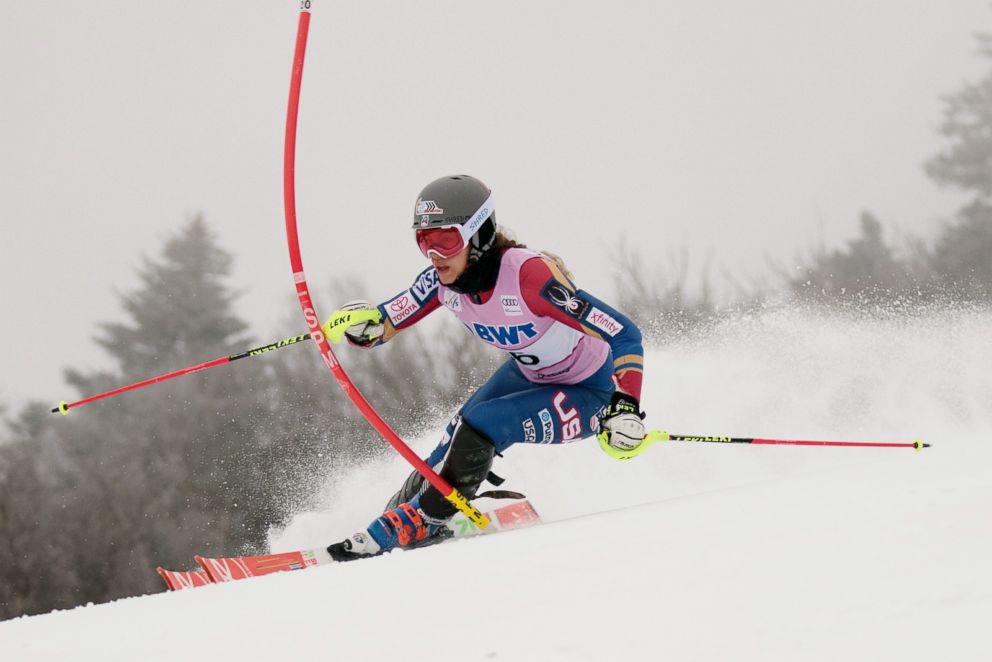
Stiegler, 32, also has celiac disease -- an autoimmune disorder triggered by eating gluten -- so she has to take even more care to avoid foods that would hinder her training and competing.
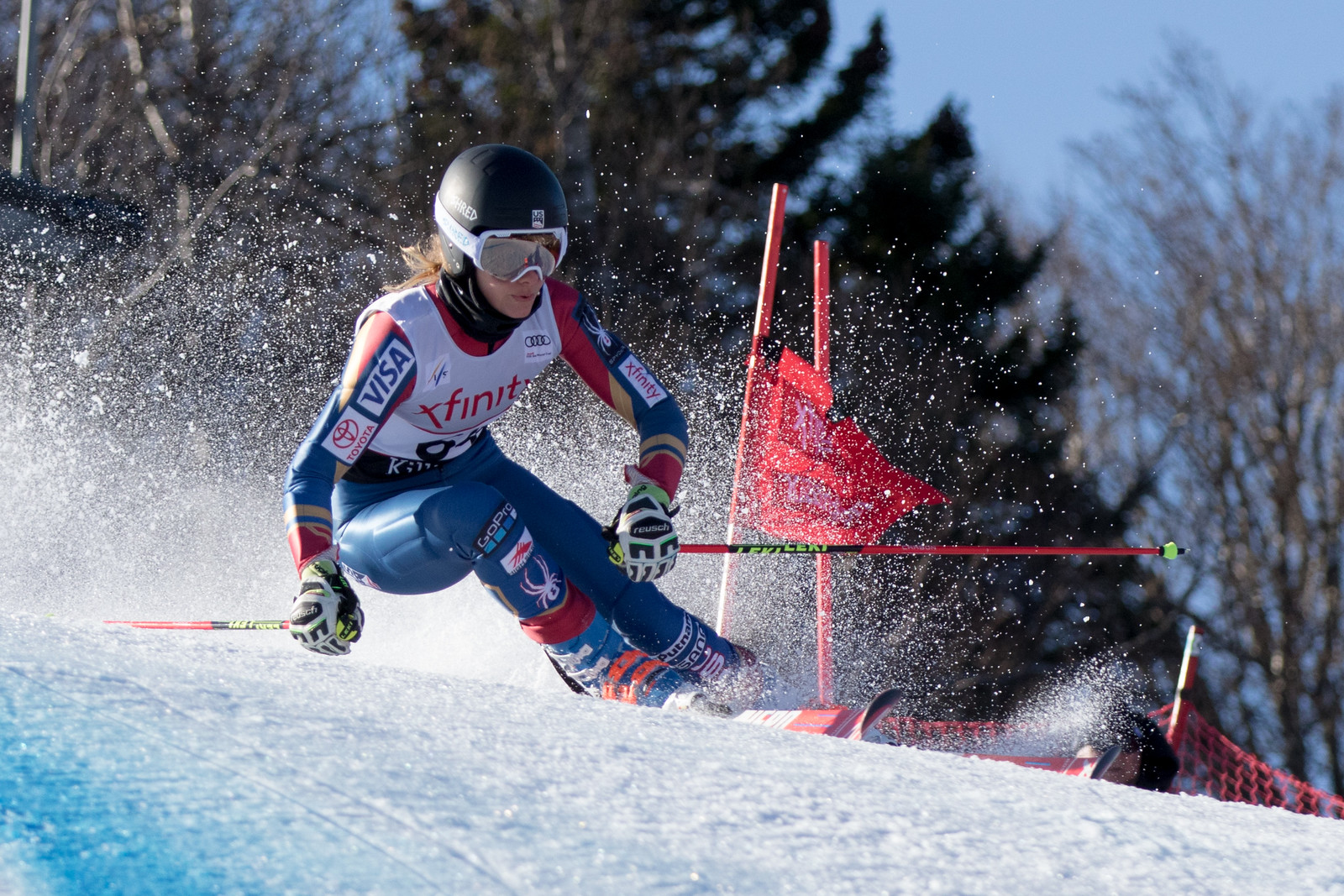
“On the road, eating a gluten-free diet can be a bit tricky,” she told ABC News. “I usually try to let the hotels know early.”
Stiegler, a three-time Olympian, doesn’t count calories but stays away from sugar and focuses on lean proteins and vegetables “over everything else.” She has also found that eating fats helps her skin and hair stay healthy while training in a cold-weather sport.
Ted Ligety, also competing in alpine skiing in Pyeongchang, said, just like Stiegler, he doesn’t count calories, focusing instead on making sure he gets the right nutrients.

“We definitely try to eat more food than less food,” he told ABC News. “I try to eat really healthy, a high-protein diet with lots of vegetables.”
Ligety, 33, starts his day with a cup of Folgers coffee -- his sponsor -- followed by eggs, bread and some type of meat. His snacks are protein shakes he consumes after workouts.
“At home when I’m able to cook and control my own eating schedule, I’m definitely much better eating a big salad at lunch and chicken breast and a carb," said Ligety, a two-time Olympic gold medalist who is part of Folgers' #HeresToCoaches campaign. "And [for] dinner having meat and lots of vegetables."
Ligety, Stiegler and their fellow U.S. Ski and Snowboard teammates have the support of full-time chefs and registered dietitians to make sure they’re fueling properly.
The woman meeting the athletes' nutrition needs.
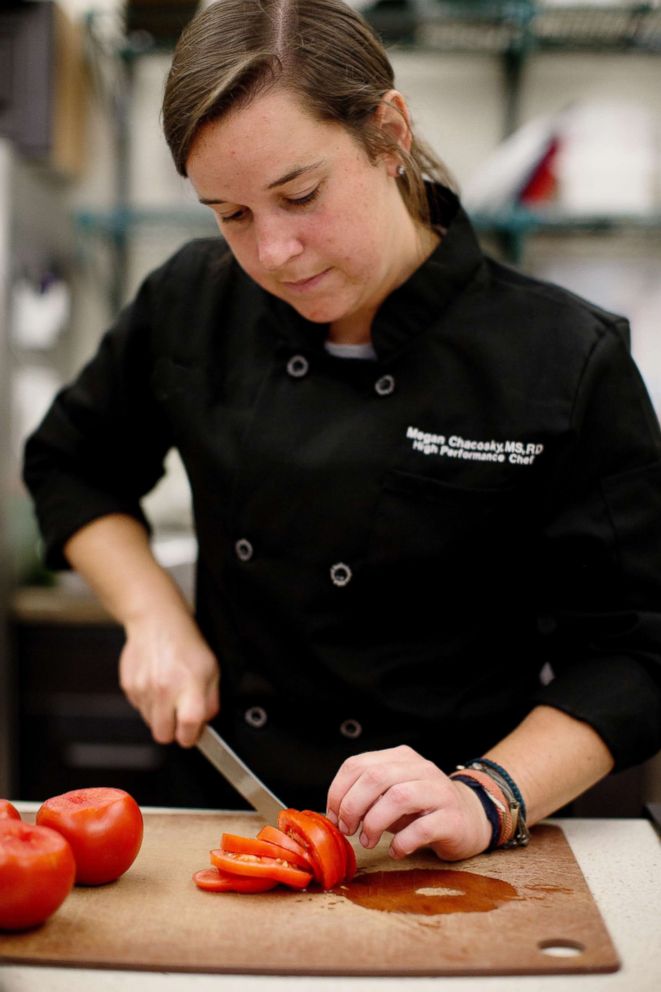
Megan Chacosky, a registered dietitian and a chef, began working with the team three years ago, her first job out of college.
She will travel to South Korea on Saturday and spend the next month joining a team of chefs cooking around 3,000 meals for the U.S. Ski and Snowboard team’s athletes and staff.
“That’s why I think about it one day at a time,” Chacosky, 27, said of the challenge of feeding so many athletes competing in the highest-stake sporting environment in the world.
“I’ve watched them go through this process of the past three years of building, building and building to this ultimate competition,” she said. “I’m looking forward to helping them feel comfortable in a high-pressure situation.”
A total of 2,925 athletes from 92 countries are set to compete in this year’s Winter Games, organizers said Monday.

Chacosky spent the summer introducing her athletes to Korean flavors so they will be prepared for the cuisine in Pyeongchang. Each meal the athletes are served during the Olympics will be one Chacosky has served them during their summer training so there are no surprises, or upset stomachs.
On the menu for the U.S. Ski and Snowboard athletes in Pyeongchang are meals ranging from burrito bowls and meatball subs to miso-ginger salmon, teriyaki stir-fry and roasted chicken. There is also always a salad and sandwich bar and a pasta option for athletes who want to customize their meals.
When Chacosky traveled to South Korea earlier this year for training, she said she shopped at a local Costco and left with three carts overflowing with food.
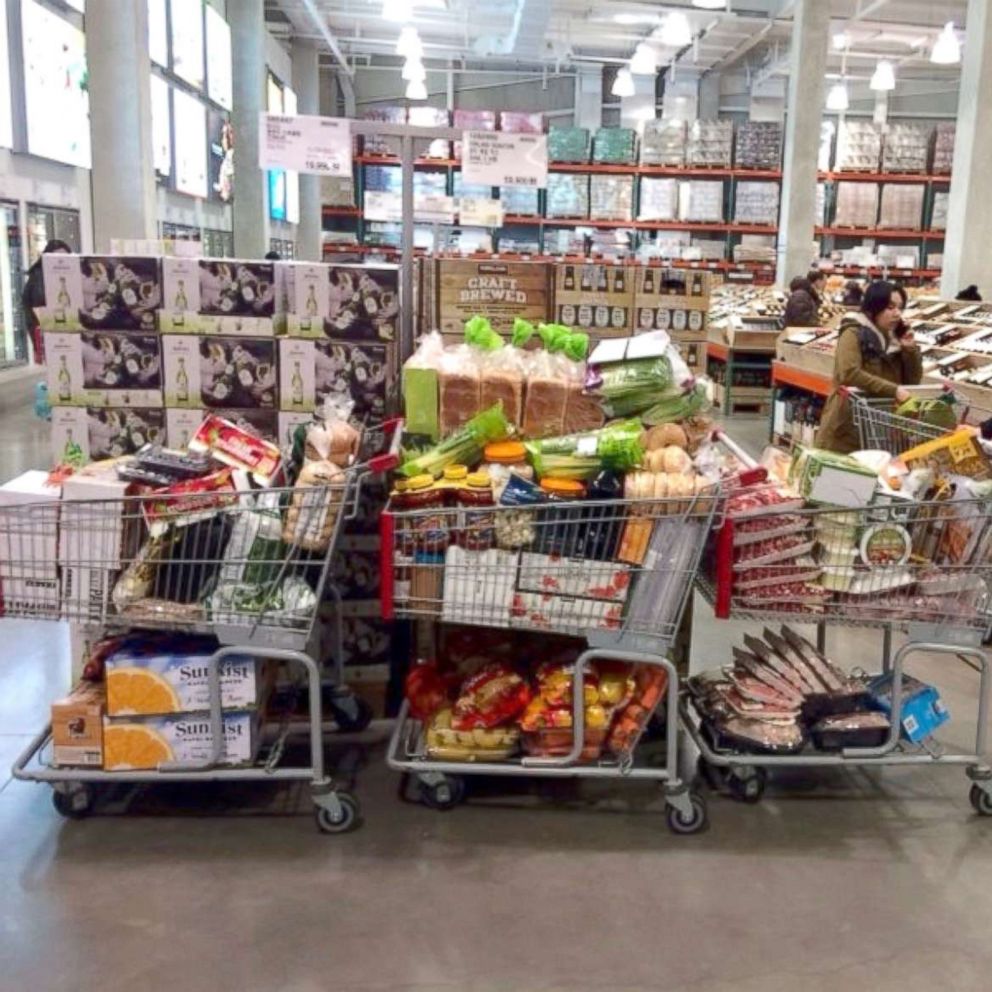
During the Winter Games, local food purveyors will provide fresh ingredients and packaged foods, like protein bars, have already been sent to South Korea by the team and their sponsors.
'They’re putting their bodies to the max.'
At the U.S. Ski and Snowboard training headquarters in Park City, Utah, Chacosky focuses on serving the athletes meals heavy in protein, carbohydrates and fresh produce.
Most athletes consume between 3,000 and 4,000 calories per day, said Chacosky, who creates foods like no-bake travel bites to make sure the athletes get nutritious calories on-the-go.
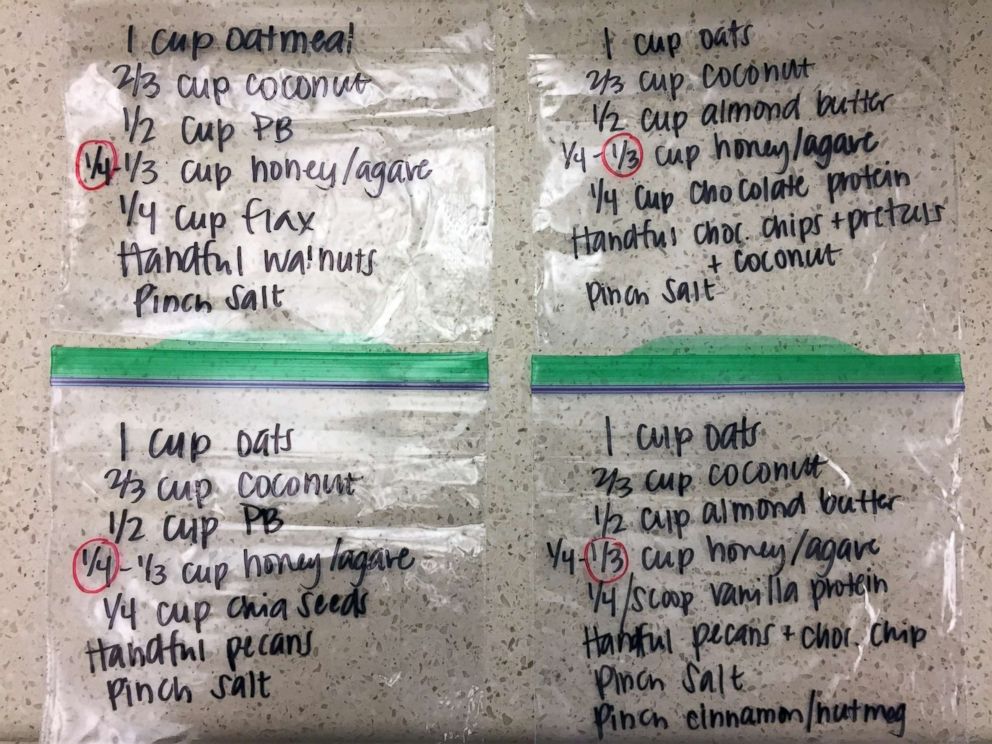
“The amount of travel these athletes do, in addition to their training, they’re putting their bodies to the max,” she explained. “We try to get lots of fresh produce to get vitamins and minerals to help keep them healthy.”
Taco days are the most popular among the athletes, according to Chacosky, who makes a particularly popular fish taco with tilapia, corn tortillas, rice, feta cheese, guacamole and a homemade corn and black beans salsa.
Each athlete works with Chacosky and another team dietitian on an individualized eating plan to accommodate for their sport. Alpine skiers, for example, get more protein, while cross-country skiers get more carbohydrates for endurance.
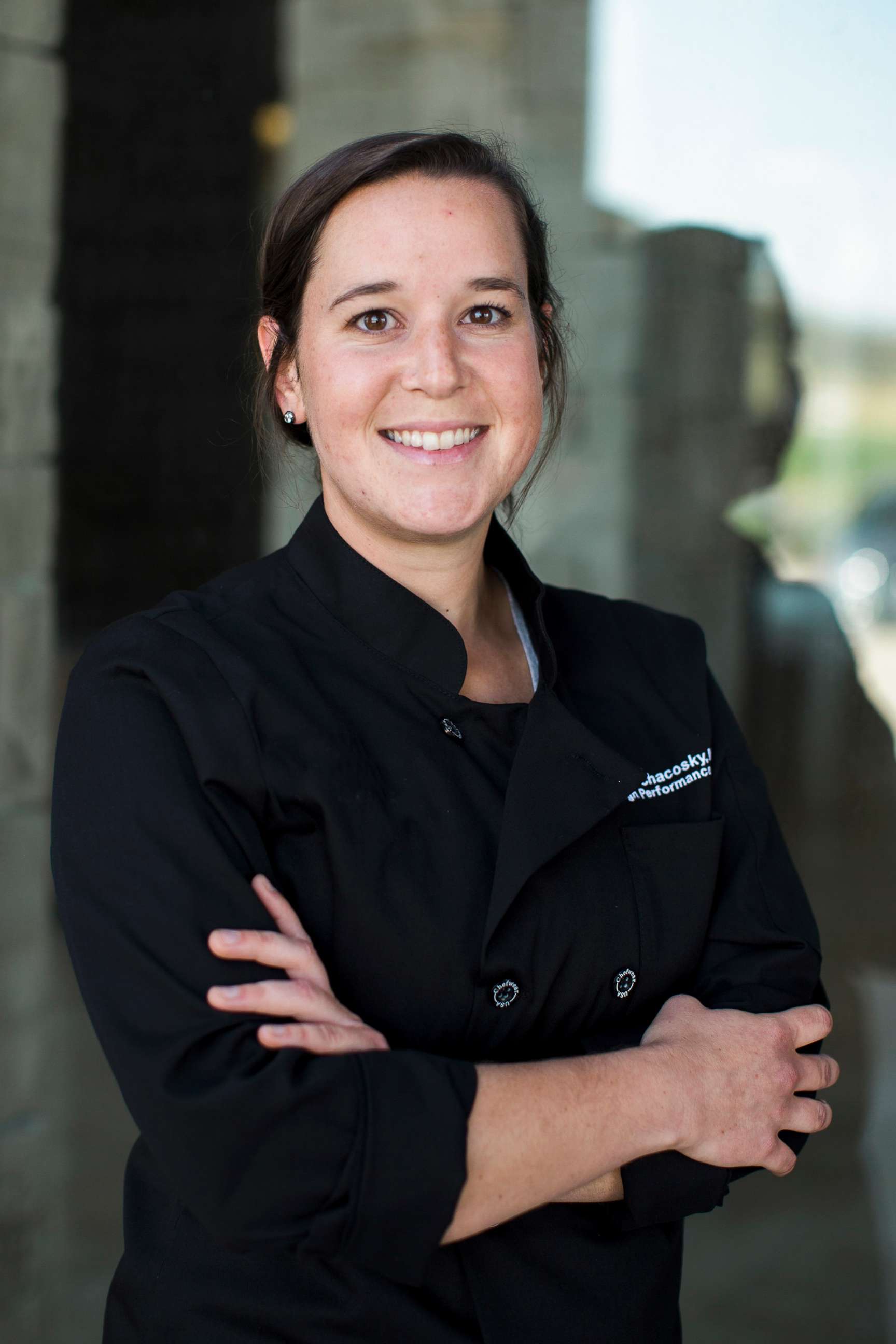
High-altitude training calls for more calories and more hydration, Chacosky said.
Chacosky, trained in bakery and pastry arts, also tries to make food fun for the athletes. She keeps ice cream stocked in a freezer accessible to the athletes and serves sweeter foods like banana bread and chocolate chip cookies made with dark chocolate.
“These athletes are competing at the highest level but they’re also humans,” she said. “Sometimes they want to have treats and something that makes them feel like they can relax and be a normal person for a little bit.”




